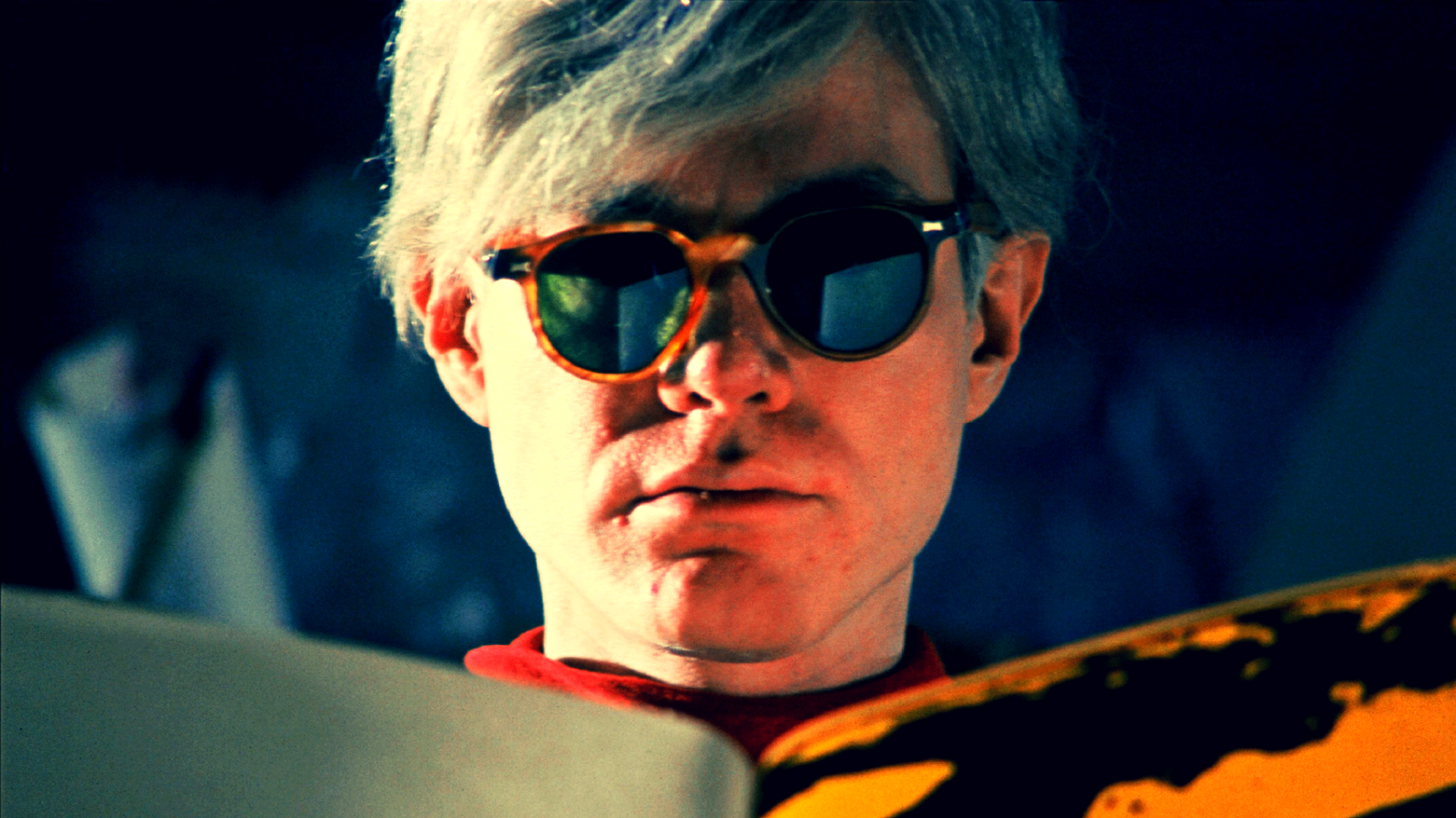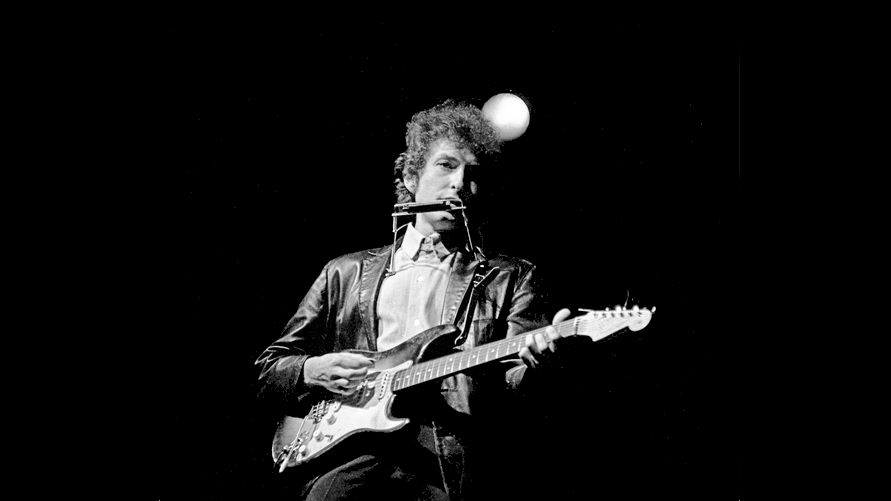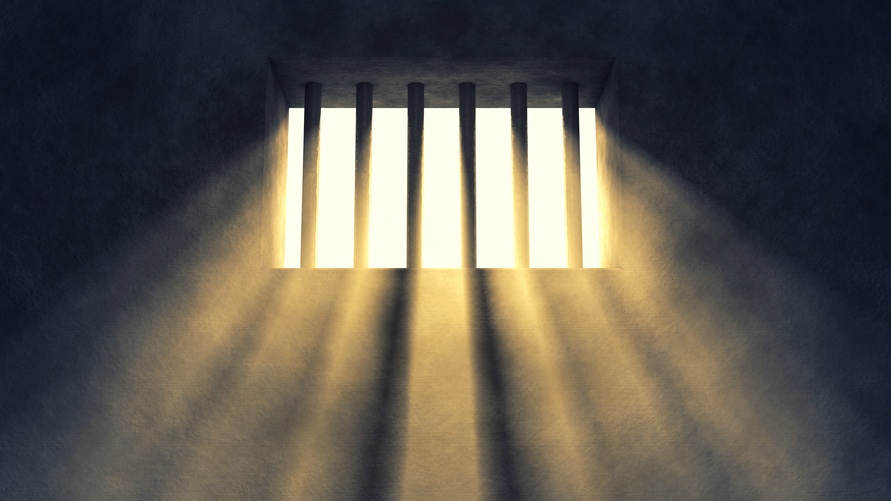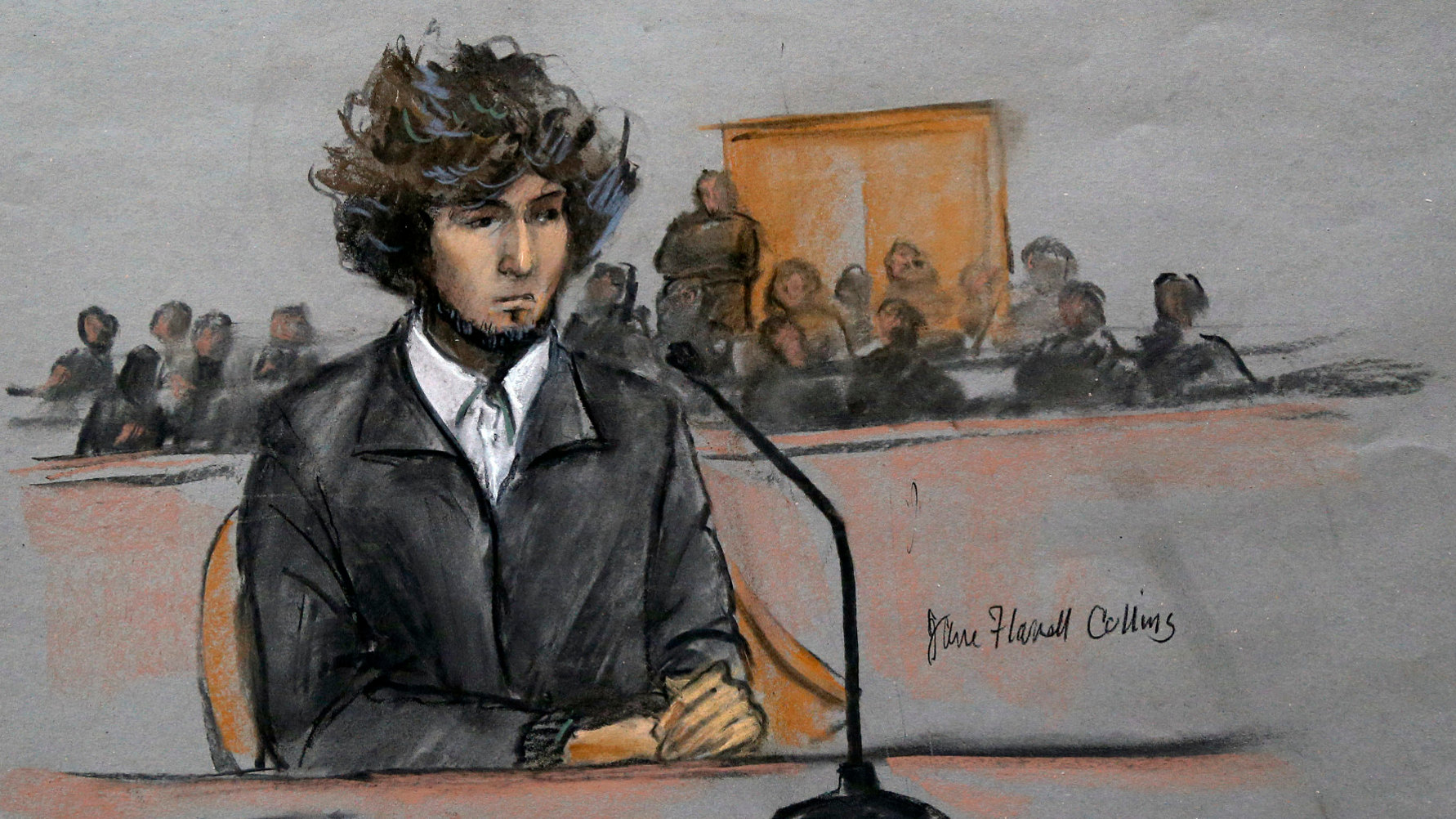Why the argument that “this idea is absurd” is no argument at all. “He who loves practice without theory is like the sailor who boards ship without a rudder and […]
Search Results
You searched for: color
Saw “Solar System Questions” by xkcd? Here’s what science thinks it knows. “Put two ships in the open sea, without wind or tide, and, at last, they will come together. […]
American stuff is the stuff of American history, as recorded in still life painting.
By the 1960s the two most criticized art forms in America were modern art and television. Some critics called modern art mystifying junk, while others targeted TV as anything from trash to a threat to democracy. Revolution of the Eye: Modern Art and the Birth of American Television at The Jewish Museum, New York, hopes to redeem both media by exploring how modern art provided an ethos and aesthetic for early television — a debt repaid later as television, in turn, inspired a new generation of modern artists, including Andy Warhol, who began as a modernist-influenced graphic designer for, among other clients, television networks. By looking back at modern art and television’s mutual love affair from the 1940s to the 1970s, Revolution of the Eye challenges us to reflect on the artistic aspirations of TV’s latest golden age.
The once-revolutionary technology is headed for the landfill, but it offers advantages that modern video formats can’t match.
Researchers are using music to light up unconscious minds, but the results only bring more questions about its effectiveness for coma patients.
Scientists are keeping their eyes on social media in order to track and map the appearance of auroras.
For the 1960s generation, however, “the day the music died” was July 25, 1965 — the day when Bob Dylan crashed the 1965 Newport Folk Festival stage with an electric guitar in front of him and rock band behind him to rip into a loud, raucous version of his new hit, “Like a Rolling Stone.”
When people are reminded of God, they are more ready to engage in risky behavior, but not morally wrongful behavior.
The Inside-Out Prison Exchange Program features classes comprised of both incarcerated and non-incarcerated students. It is offered at over 100 universities.
The simple sights of sunrises and sunsets, spectacularly but seldom seem. “Lost — yesterday, somewhere between sunrise and sunset, two golden hours, each set with sixty diamond minutes. No reward is offered, […]
The snobbery wars have erupted over photos of a sometimes blue-black, sometimes white-gold dress.
People who hold the belief that there are people who are “pure evil” are more willing to support harsher prison sentencing and the death penalty for those individuals.
“We live in a world which respects power above all things. Power, intelligently directed, can lead to more freedom. Unwisely directed, it can be a dreadful, destructive force.”
“Daddy, why do all the players have dark skin?” When my eldest daughter posed this question one football Saturday six years ago, she had no concept of race in mind […]
An interesting point in case are the twin maps of Africa shown here, one of the spread of Islam, the other the spread of AIDS. Beware of the map that is too straightforward and simple.
Just open your eyes, full-screen it, and watch. https://www.youtube.com/watch?v=PD2XgQOyCCk “Exploring this set I certainly never had the feeling of invention. I never had the feeling that my imagination was rich […]
The unique sight of a comet only scratches the surface of an amazing story. “Without any doubt, the regularity which astronomy shows us in the movements of the comets takes […]
Govert Schilling’s new book deserves a place in everyone’s life. “Imagination will often carry us to worlds that never were. But without it we go nowhere.” –Carl Sagan Imagine the […]
Is looking for radio transmissions in space like claiming the lack of smoke signals means there are no modern humans? “[W]hat Fermi immediately realized was that the aliens have had […]
Will Britain leave the EU? Would Maggie abandon Marge?
At some point, a star’s core runs out of fuel. Then what? “Man loves company — even if it is only that of a small burning candle.”–Georg C. Lichtenberg You normally think […]
“Every work of art is the child of its age and, in many cases, the mother of our emotions.”
“When I think of art, I think of beauty. Beauty is the mystery of life,” minimalist artist Agnes Martin once explained. “It is not in the eye; it is in my mind. In our minds there is awareness of perfection.” In the first comprehensive survey of her art at the Tate Modern, in London, England, the exhibition Agnes Martin strives to guide viewers to that “awareness of perfection” Martin strove to embody in her minimalist, geometrically founded art. Rather than the cold, person-less brand of modernist minimalism, Martin’s work personifies the warm humanity of Buddhist editing down to essentials. At the same time, surveying Martin’s art and thinking allows us to revisit the feminist critiques of minimalism and shows how Martin’s stepping back from the bustle of the New York art scene freed her to find “a beautiful mind” — not just for women, but for everyone.
Have you ever emerged from the supermarket and wondered why you bought so many things not on your list? Congratulations, you’ve likely been manipulated!
The most powerful telescope in history will never see the farthest galaxy. “No distance of place or lapse of time can lessen the friendship of those who are thoroughly persuaded […]
The 70th anniversary of the dropping of atomic bombs on the Japanese cities of Hiroshima and Nagasaki will undoubtedly be accompanied by images of the “mushroom clouds” that rose over both cities. Terrible and sublime, these images burned themselves into the consciousness of “the greatest generation” and every generation since that’s lived with both the legacy of nuclear war and the reality of nuclear energy. A new exhibition at the Art Gallery of Ontario titled Camera Atomica looks deeply at the interrelated nature of photography and nuclear war and peace to come away with a fascinating glimpse of the calculatedly manufactured “atomic sublime” — the fascination with such terrible power at our command that simply won’t let us look away.
Computer science curriculum must be adopted by K-12 schools in order to increase diversity in the tech sector.
Language conveys a lot about who we are and how we perceive the world. In terms of human migration, we give out the label of expat or immigrant to foreign migrants, and each word has its own connotation.
Researchers have studied how towns, less influenced by tech, sleep. They’ve found these people’s wake/sleep cycles mimic the sun’s. So, what can be done to save the tech-addicted cities?




















